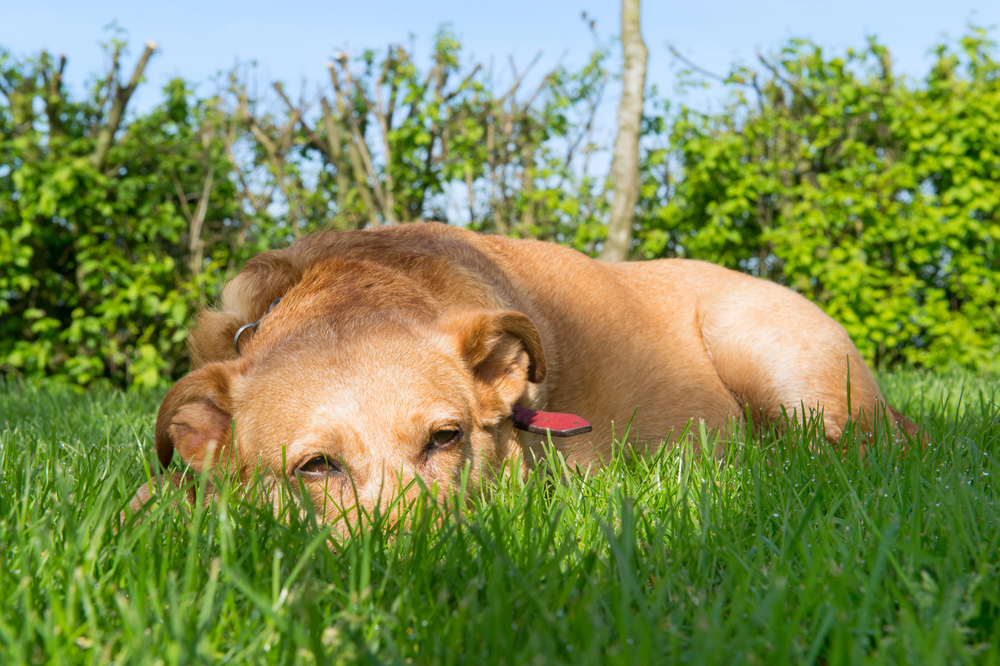
Dogs, like humans, can be exposed to a variety of toxic substances that can lead to serious health issues or even death. Toxication, or poisoning, occurs when a dog ingests, inhales, or absorbs a harmful substance, leading to potentially life-threatening conditions. Understanding the causes, symptoms, and treatments of toxication in dogs is crucial for every pet owner. This article provides an in-depth look into this critical issue, aiming to equip dog owners with the knowledge they need to protect their furry friends.
Common Toxic Substances for Dogs
- Household Chemicals and Cleaners: Household cleaning products, including bleach, ammonia, and detergents, can be highly toxic to dogs. These chemicals can cause gastrointestinal upset, respiratory issues, and even chemical burns. Dogs are often exposed to these substances through direct contact or by ingesting residues on floors or surfaces.
- Human Medications: Many common human medications, such as acetaminophen, ibuprofen, and antidepressants, can be deadly to dogs. Dogs metabolize drugs differently than humans, making them more susceptible to toxic effects. Even over-the-counter medications can have adverse effects on pets.
- Food Toxicities: Certain foods that are safe for humans can be extremely harmful to dogs. Chocolate, grapes, raisins, onions, garlic, and avocados are among the most common These foods can cause symptoms ranging from mild gastrointestinal upset to severe organ damage and even death.
- Plants: Some common household and garden plants are toxic to dogs. Examples include poinsettias, lilies, azaleas, and sago Ingesting these plants can result in symptoms such as vomiting, diarrhea, and liver failure.
- Insecticides and Rodenticides: Products used to control pests, like flea and tick treatments, as well as rat and mouse poisons, can be highly toxic to dogs. These substances can lead to poisoning through ingestion or contact with treated areas.
- Heavy Metals: Lead and zinc are two heavy metals that can be toxic to Lead poisoning can occur from ingesting old paint chips or contaminated soil, while zinc poisoning might result from eating items like pennies or certain batteries.
Symptoms of Toxication
Recognizing the signs of toxication is vital for prompt treatment. Symptoms can vary depending on the substance ingested and the amount. Common signs include:
- Gastrointestinal Distress: Vomiting, diarrhea, abdominal pain, and loss of appetite.
- Neurological Symptoms: Lethargy, seizures, tremors, uncoordinated movements, or changes in behavior.
- Respiratory Issues: Coughing, wheezing, or difficulty breathing.
- Cardiovascular Problems: Rapid or irregular heartbeat, collapse, or weakness.
- Skin Reactions: Itching, redness, or swelling.
- Other Symptoms: Excessive drooling, changes in urination, or unusual odors from the breath or skin.

What to Do If You Suspect Toxication
- Immediate Action: If you suspect your dog has been exposed to a toxic substance, act quickly. Remove your dog from the source of toxicity and assess the situation. Note the substance involved, the quantity, and the time of exposure, as this information will be crucial for treatment.
- Contact a Veterinarian: Reach out to your veterinarian or an emergency animal poison control hotline immediately. They can provide specific guidance based on the substance and your dog’s condition. Do not attempt to induce vomiting or administer any treatments without professional advice.
- Provide Information: When contacting your vet, be prepared to provide details about your dog’s size, breed, age, and health history, as well as information about the toxic substance, if known.
- Follow Veterinary Advice: Your vet may recommend various treatments depending on the situation, including inducing vomiting, administering activated charcoal to limit absorption, or providing supportive care such as intravenous fluids.
Treatment and Prevention
- Treatment Options: Treatment for toxication depends on the toxin and the severity of the exposure. In cases of ingestion, inducing vomiting may be necessary, but it must be done under veterinary supervision to avoid complications. Activated charcoal can help absorb toxins and prevent further absorption into the bloodstream. In severe cases, hospitalization may be required for intensive care, including intravenous fluids, medications to counteract toxins, and supportive therapies.
- Preventive Measures: Prevention is the best approach to avoiding Here are some strategies to keep your dog safe:
- Secure Chemicals and Medications: Store all household chemicals and medications out of reach of your dog. Use childproof containers if necessary.
- Be Cautious with Plants: Ensure that toxic plants are not accessible to your Research safe plants if you have a garden or indoor greenery.
- Monitor Food Intake: Be vigilant about what your dog Keep harmful foods out of reach and educate family members about dog-safe and unsafe foods.
- Safe Use of Pest Control Products: Use insecticides and rodenticides according to the manufacturer’s instructions, and ensure that pets are kept away from treated areas.
- Regular Vet Visits: Schedule regular check-ups with your veterinarian to monitor your dog’s health and address any concerns promptly.
FAQs
What should I do if my dog ingests something toxic? Immediately contact your veterinarian or an emergency animal poison control hotline. Provide details about the substance, amount, and time of ingestion. Follow their instructions carefully, which may include inducing vomiting or bringing your dog in for treatment.
How can I tell if my dog has been poisoned? Watch for symptoms such as vomiting, diarrhea, lethargy, tremors, seizures, difficulty breathing, or changes in Any unusual symptoms should be evaluated by a veterinarian, especially if there is a known exposure to a toxic substance.
Are there any home remedies for dog poisoning? Home remedies are not recommended for treating poisoning. The treatment for toxication should be managed by a veterinarian to ensure it is safe and effective. Some remedies, like inducing vomiting or administering activated charcoal, can be harmful if not done correctly.
How can I prevent my dog from getting poisoned? To prevent poisoning, keep toxic substances out of reach, use pet-safe cleaning products, avoid giving dogs human medications or toxic foods, and ensure that harmful plants are not accessible. Regular vet check-ups and responsible use of pest control products also help reduce the risk.
What is the role of activated charcoal in treating dog poisoning? Activated charcoal can help absorb toxins in the gastrointestinal tract and prevent further absorption into the It is commonly used in emergency situations but should only be administered under veterinary supervision.
Are some dog breeds more susceptible to poisoning than others? While all dogs can be affected by toxic substances, certain breeds may have varying tolerances or sensitivities based on size, age, and overall health. Smaller dogs might be more susceptible to the effects of toxins due to their size, and older dogs or those with pre-existing health conditions might be at higher risk.
How quickly should I seek veterinary care if I suspect poisoning? Seek veterinary care as soon as possible. The sooner treatment is initiated, the better the chances of a successful Delaying treatment can lead to more severe symptoms and complications.
What are some signs that a plant might be toxic to my dog? If you notice symptoms like vomiting, diarrhea, drooling, or lethargy after your dog has had access to a plant, it could be a sign of toxicity. Research the plant species to confirm if it’s toxic and contact your vet for further guidance.
Conclusion
Toxication in dogs is a serious issue that can have life-threatening consequences. By understanding the common causes of toxicity, recognizing the symptoms, and knowing the appropriate steps to take in an emergency, you can help safeguard your dog’s health and well-being. Prevention through careful management of household items and vigilance regarding your dog’s environment is key. Remember, when in doubt, always consult with a veterinary professional to ensure the best possible care for your beloved pet.
